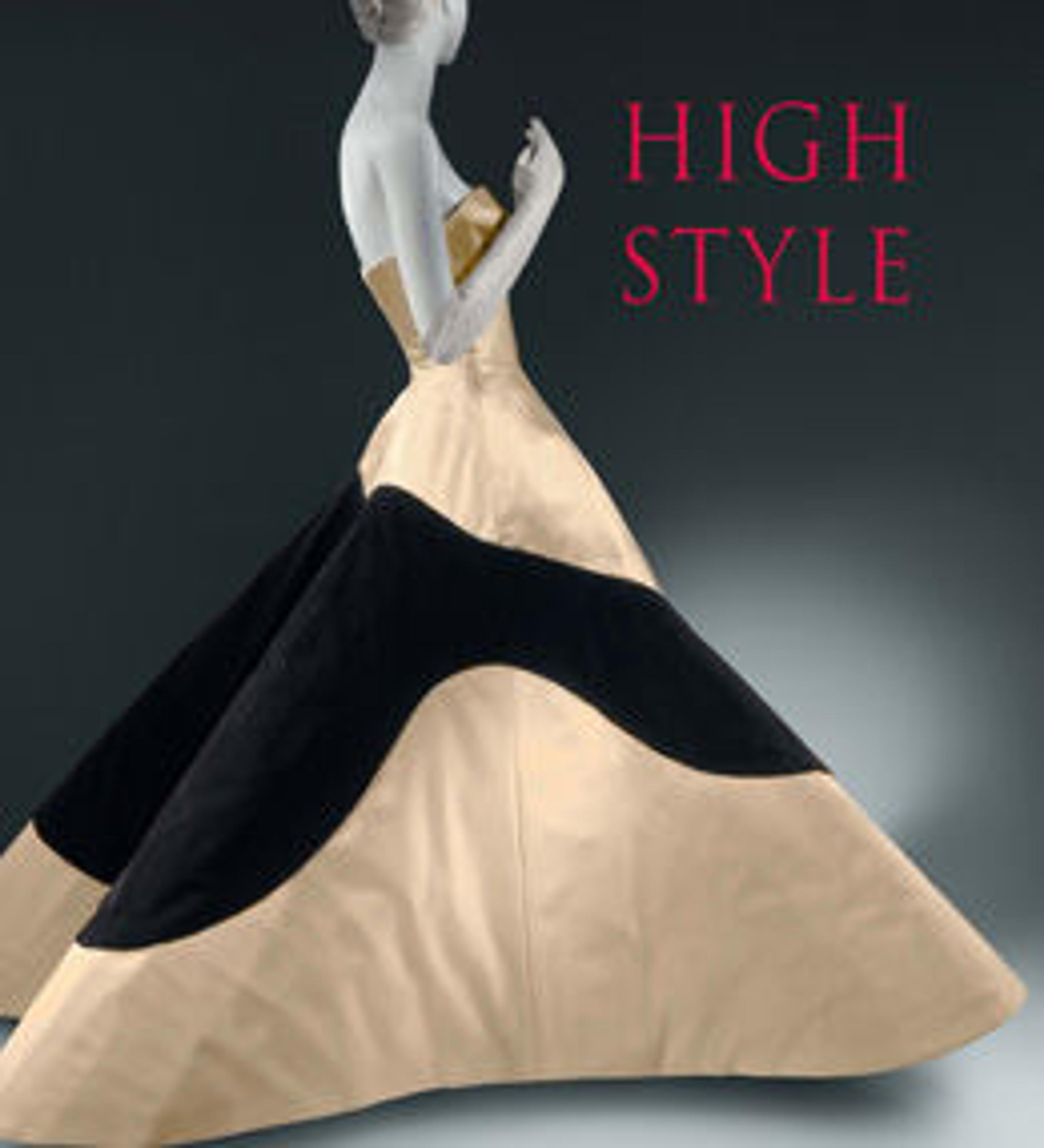Evening ensemble
Beginning his career as a milliner, Halston later crossed over to ready-to-wear, promoting minimal design. His loyal clientele of the rich and famous chose to display his creations in trendy locals such as New York's Studio 54. In 1971, he began incorporating Ultrasuede into his work, which was an instant success, becoming one of his signature fabrics. Halston's quick rise to fame ended abruptly when he agreed to design an inexpensive line for J.C. Penney. While his career ended in the eighties, his innovations continue to be seen in fashion today, and have been resurrected with the Halston brand of the twenty-first century.
This evening ensemble is an iconic example of Halston's work, which can be seen by the simple silhouette and use of cashmere for evening wear. The columnar dress hangs on the body, allowing the tie-belt to accent the waist. Enhancing the slim, lithe look is the full length cardigan sweater. The simplistic shape and the luxurious fabric create an elegant ensemble.
This evening ensemble is an iconic example of Halston's work, which can be seen by the simple silhouette and use of cashmere for evening wear. The columnar dress hangs on the body, allowing the tie-belt to accent the waist. Enhancing the slim, lithe look is the full length cardigan sweater. The simplistic shape and the luxurious fabric create an elegant ensemble.
Artwork Details
- Title:Evening ensemble
- Designer:Halston (American, Des Moines, Iowa 1932–1990 San Francisco, California)
- Date:ca. 1975
- Culture:American
- Medium:wool
- Credit Line:Brooklyn Museum Costume Collection at The Metropolitan Museum of Art, Gift of the Brooklyn Museum, 2009; Gift of Alexandra A. Herzan from the Collection of Lily Auchincloss, 1996
- Object Number:2009.300.2242a–c
- Curatorial Department: The Costume Institute
More Artwork
Research Resources
The Met provides unparalleled resources for research and welcomes an international community of students and scholars. The Met's Open Access API is where creators and researchers can connect to the The Met collection. Open Access data and public domain images are available for unrestricted commercial and noncommercial use without permission or fee.
To request images under copyright and other restrictions, please use this Image Request form.
Feedback
We continue to research and examine historical and cultural context for objects in The Met collection. If you have comments or questions about this object record, please contact us using the form below. The Museum looks forward to receiving your comments.
